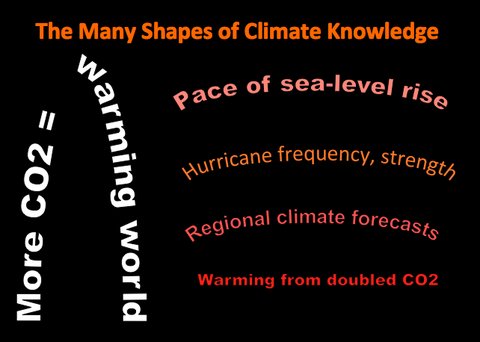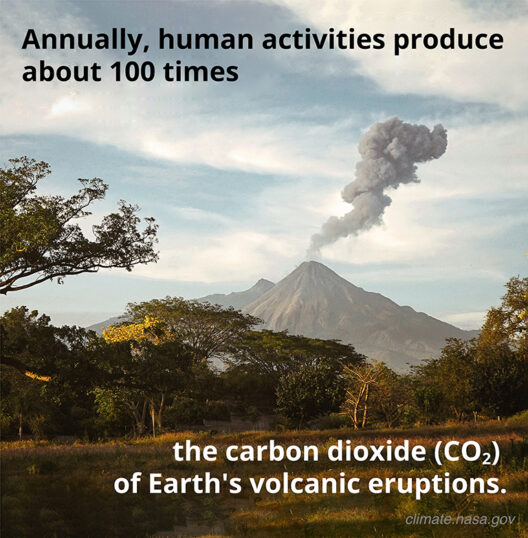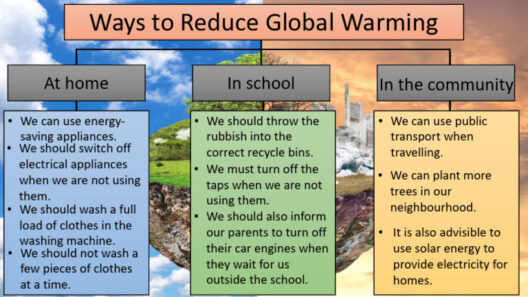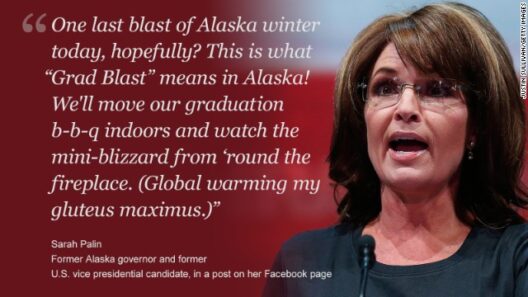Global warming is frequently perceived through the lens of surface temperatures and its profound effects on weather patterns, ecosystems, and human health. However, the relationship between rising temperatures at the Earth’s surface and the cooling of the upper atmosphere is a complex interplay that merits scrutiny. Understanding this unexpected connection not only enhances our grasp of climate science but also encourages a broader dialogue about the multifaceted nature of climate change.
The upper atmosphere, spanning about 10 to 50 kilometers above Earth’s surface, comprises the stratosphere and mesosphere. While the troposphere—the lowest layer—is where most weather phenomena occur, changes in the upper atmosphere have significant implications for climate. The stratosphere, specifically, contains the ozone layer, which plays a crucial role in absorbing and scattering ultraviolet solar radiation. Thus, shifts within this atmospheric layer can resonate throughout the entire climate system.
At the crux of the phenomenon lies the greenhouse effect, which entails the retention of heat in the troposphere due to greenhouse gases like carbon dioxide (CO2), methane (CH4), and nitrous oxide (N2O). As these gases accumulate, they enhance the greenhouse effect, resulting in a warmer planet. But intriguingly, while the tropospheric temperatures escalate, the upper atmosphere has experienced cooling trends. This paradox can initially seem counterintuitive, yet it unveils an intricate relationship characterized by feedback loops and complex atmospheric dynamics.
One prominent mechanism explaining this cooling is the increased concentration of greenhouse gases. As these gases accumulate, the Earth radiates heat back into space less efficiently. Diminished heat escape predominantly affects the troposphere, whereas the upper atmosphere cools because it is no longer warmed by the energy radiating from the surface. This discrepancy leads to a thermal inversion, where the upper layers of the atmosphere become increasingly chilled while the lower layers heat up.
Moreover, the role of ozone depletion must not be overlooked. Ozone is a potent greenhouse gas situated in the stratosphere; its degradation, primarily due to human-made chemicals such as chlorofluorocarbons (CFCs), has exacerbated the cooling of the upper atmosphere. As ozone levels have plummeted, the stratosphere’s ability to absorb solar radiation and relaunch that energy back to the troposphere has diminished, ushering in cooler conditions at higher altitudes.
Another critical aspect to consider involves the interplay between atmospheric circulation patterns and warming-induced disruptions. With the troposphere heating, the temperature gradient between the Earth’s surface and the upper atmosphere becomes less pronounced. The resulting alterations can lead to shifts in weather patterns, including changes to jet streams and ocean currents. These modifications can further influence how heat is distributed across the atmosphere, precipitating cooling in the upper layers.
Such cooling also has potential ramifications on global climate patterns. For instance, it can impact the stability of the stratospheric circulation, which plays a significant role in dictating weather across various latitudes. Disruptions in this circulation may provoke unanticipated weather phenomena, potentially leading to intensified storms, altered precipitation patterns, and alterations in seasonal cycles. These changes do not merely belong to the realm of theoretical discussions; they have real consequences for ecosystems and human livelihoods.
Interestingly, the unexpected cooling of the upper atmosphere serves as a poignant reminder of the complexity embedded within our climate system. It exemplifies the intricate feedback mechanisms that govern interactions between different atmospheric layers. For instance, while warming in the troposphere may foster increased evaporation from oceans, which can contribute to more clouds, this could actually enhance insulation in the troposphere, resulting in further cooling at upper altitudes. Thus, a single change at one layer can engender a cascade of reactions throughout the entire atmospheric system.
This complex tapestry presents several avenues for investigation and adaptation. It begs the question: How do we, as a global community, respond to the multifarious effects of climate change? Understanding the comprehensive nature of these interactions paves the way for informed discussions around climate policy, technology, and sustainability practices. Furthermore, it highlights the importance of climate models that can simulate these complexities, enabling better predictions and preparations.
As we grapple with the ramifications of global warming, it becomes increasingly critical to foster a comprehensive understanding of our atmosphere in its entirety. Recognizing the cooling of the upper atmosphere amidst a backdrop of rising temperatures urges us to rethink conventional narratives surrounding climate change. Rather than perceiving climate phenomena through a simplified lens, we must embrace a perspective that acknowledges the intricate connections that bind our warming planet.
In summary, the cooling of the upper atmosphere, occurring alongside the alarming rise in surface temperatures, underscores a noteworthy paradox in climate science. This situation not only challenges simplistic interpretations of global warming but also emphasizes the need for holistic approaches in climate analysis. By fostering a thorough comprehension of these connections, we can enhance our strategies in combating climate change and implement adaptive measures that acknowledge the interconnectedness of Earth’s climatic phenomena.








